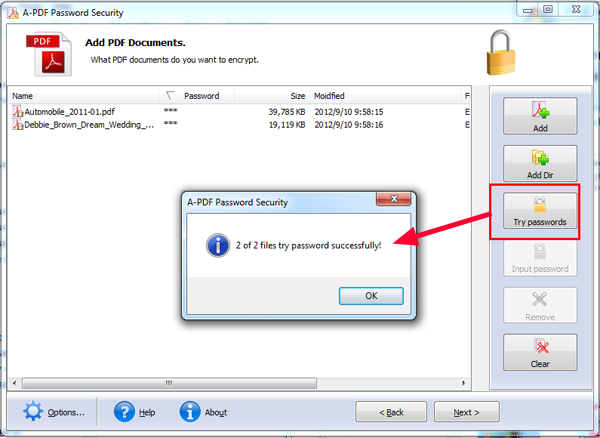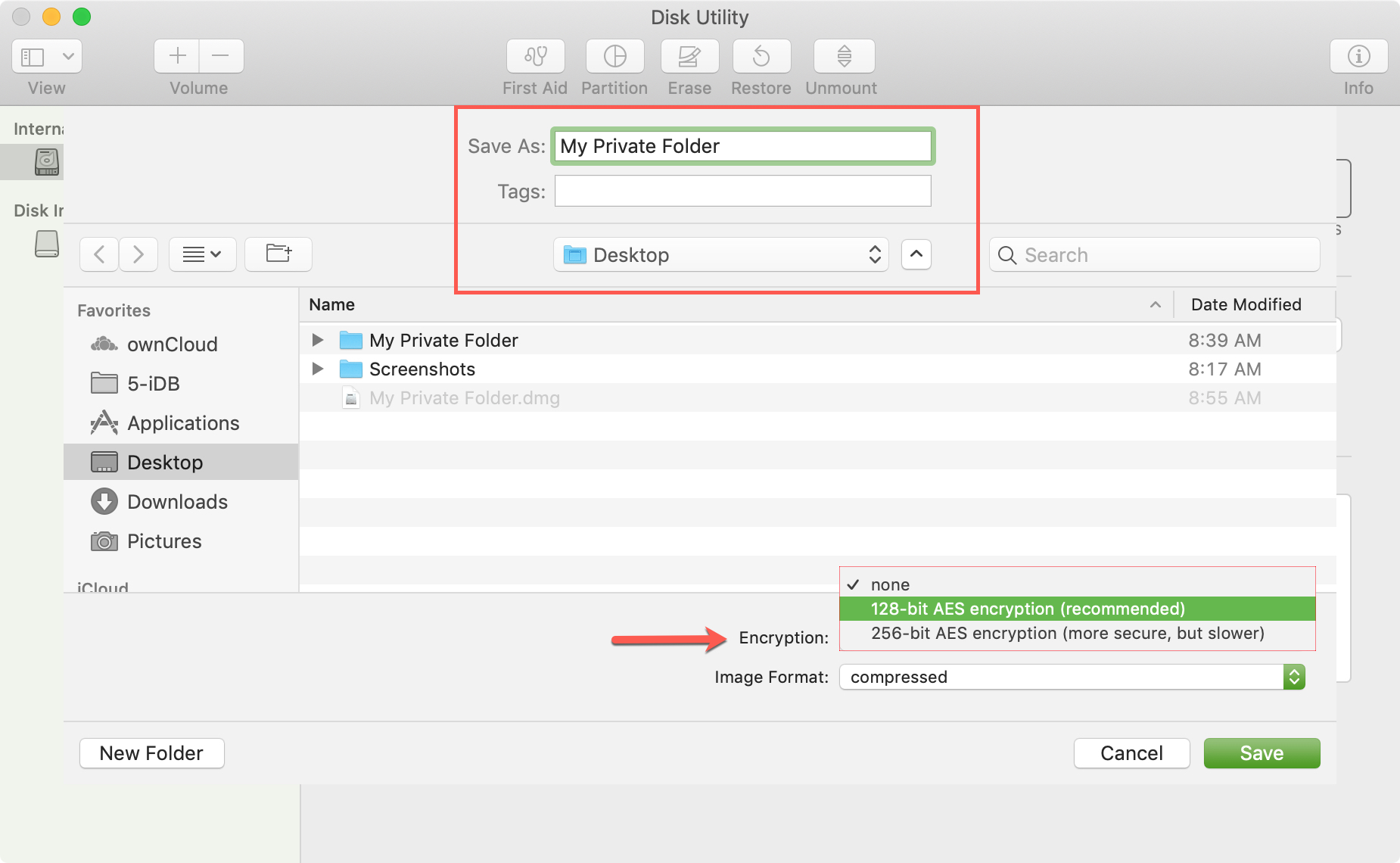Can U Delete A Password Protected Dmg File
Jun 26, 2009 A dmg file is a compressed file structure, capable of containing folders, files, etc. Dmg files can be used for a variety of purposes, from encrypting a home directory (ie – FileVault) to encrypting a file structure manually. A dmg file can be encrypted fairly simply. From Disk Utility, create a dmg file by clicking Continue reading How to Crack a DMG Password. How to Remove an Excel Spreadsheet Password in 6 Easy Steps. This post we show how to remove an Excel spreadsheet password in 6 easy to follow steps. It is an update to an earlier article where we discussed how you may be able to unprotect an Excel spreadsheet if you have forgotten the password used to protect it. Click here to read that article. Feb 09, 2008 I created a a password protected.dmg file and used 256-bit encryption. Since then, I forgot the password. How hard are these files to crack and how would I go about doing it?
- Can U Delete A Password Protected Dmg File Download
- Can U Delete A Password Protected Dmg File Manager
- May 31, 2004 Ah, Nope. That's kinda the whole point. If the image is password protected (and in this case encrypted), if you don't know the password, you're not supposed to be able to access the file.
- Sep 11, 2012 Easily hack, recover and extract RAR, ZIP and 7-Zip password protected files 2019 - Duration: 8:25. Nick Swardh 52,142 views.
With so many privacy threats around, having an extra layer of protection on your Mac is crucial. Luckily, you can keep your private data far from prying eyes by putting it in a password-locked folder.

Let’s see how to password protect a folder on Mac so that no person or app could crack it.
Why you might want to protect a folder with a password
You wouldn’t show your credit card statements in public. So why not protect financial or health information on your computer? If you share your Mac with someone else, password protection will cover up files that you don’t want anyone to see. That also keeps your private data private if you lose your device.
Even if you’re the only user of your Mac, locking and encrypting your sensitive files is a must these days. Did you know that some data-mining apps could spy on your documents and folders? As cybercriminals adopt new tactics and code innovations, there’s no telling if your computer is hacked, until your bank account turns out to be empty.
How you can keep your files safe
To be on the safe side, savvy Mac users regularly check their computers with anti-malware software. My personal favorite is CleanMyMac X, as Apple notarized it on macOS Catalina. It comes with a Malware Removal tool that deals with Mac-specific viruses. Here is how it works:
GitHub is home to over 40 million developers working together to host and review code, manage projects, and build software together. Sign up Clone from svnX 1.3.4 on google code, add Xcode 6 build support & 'svn up -ignore-externals' function, drop ppc/10.5 support. SvnX allows you to browse your working copies, spot changes and operate on them but also to browse logs and revisions of your repositories. It is written using Panther's new bindings mechanism for. Svnx 1.3.4 dmg 5.
- Launch the app (get a free version here).
- Choose the Malware Removal tab in the sidebar.
- Click Scan.
- If CleanMyMac X detects a threat, press Remove to get rid of it. If it doesn’t, congratulations! You have no malware on your Mac.
How to password lock a folder on Mac
Can U Delete A Password Protected Dmg File Download
With Disk Utility, which is available on every Mac, you can encrypt and password protect a folder by turning it into a disk image (DMG). Follow the steps below:
Can U Delete A Password Protected Dmg File Manager

- Open Finder > Applications > Utilities > Disk Utility.
- Go to the File menu > New Image > Image from Folder.
- Select a folder you want to password protect in the dialog box that appears, then click Choose.
- Enter a filename for the disk image and select where to save it.
- Pick a preferred encryption option from the dropdown menu: 128-bit AES encryption (recommended) or 256-bit AES encryption (more secure, but slower).
- Enter and verify your password in a new dialog box. Tap the key icon to open Password Assistant and check how secure your password is. Once you’re done with a password, click Choose.
- Click the Image Format menu and pick ‘read/write’.
- Click Save, then click Done. Now your folder is password-protected.
There is no way to recover the password to password-protected DMG file, so choose the one you won’t forget or write it down in a safe place.
Note that the original folder is still on your Mac. Make sure you have no issues accessing the DMG file, then trash the original folder so that no one gets access to it.
How to lock a folder on Mac without Disk Utility? You can do that with Terminal or third-party apps with similar functionality. Still, I opt for Disk Utility, as this method is relatively fast.
CleanMyMac X’s Privacy tool gathers all your Mac’s private data in one place. With its help, you can clean up your online and offline history, including chat transcripts, browsing traces, Recent Items lists, and even old Wi-Fi networks.
How to use a password-protected folder
Go to the location where you saved the disk image and double-click to open and mount it to your Mac. Enter the password when prompted and press OK. You can optionally check the box to save the password in your keychain.
Once you enter the password, the DMG file mounts in two places: on your desktop and in the Finder sidebar. Click either one of these to open the folder.
Apr 03, 2016 In the following instruction, we show specifically how to make a Mac OS X bootable installation USB from El Capitan.DMG, Yosemite.DMG, Maverick.DMG or any OS X older versions on Windows. Make a mac boot usb on windows dmg. Sep 23, 2019 To create a bootable media to install Mac OS X, use these steps: Download and install a copy of TransMac, which is the software that will make everything happen. TransMac is a paid software, but it has a 15-day trial solution, that give us more than enough time to move the DMG files to the USB drive from Windows.
To password protect it again, click the eject icon in the Finder sidebar. That’s it!
Hope this step-by-step guide will help you keep your sensitive files safe and private.